Have you ever caught your cat sitting motionless, eyes wide and unblinking, fixed on something you can’t even see? Maybe it’s a dust mote, a shadow, or a toy mouse. One moment they’re a statue, the next they’re a blur of fur and claws. If you’ve ever wondered why our feline friends always seem to pause and watch before they spring into action, you’re in for a fascinating journey. This instinct runs deep, blending ancient survival skills with the quirky curiosity that makes cats so endlessly captivating. Let’s unravel the mystery of why cats watch before they engage—and discover what’s really going on inside those mesmerizing eyes.
The Instinct of a Born Hunter

Cats are natural-born hunters, even if their biggest prey at home is a stray sock. Their ancestors survived by stalking and pouncing, and this predatory instinct is baked into every domestic kitty. Watching before engaging is crucial for survival in the wild—it helps them assess the risk and plan their next move. Even our pampered house cats carry this behavior in their DNA. When your cat locks eyes on a toy or a bug, they’re channeling thousands of years of feline evolution. This instinct to observe first keeps them sharp, safe, and always one step ahead.
Sizing Up the Situation

Before making any move, cats like to size up what’s happening around them. This isn’t just about hunting; it’s about understanding their environment. Whether it’s a rustle in the leaves or a sudden movement from a person, cats pause to process the information. Watching helps them determine if something is a threat, a toy, or simply not worth their energy. This careful consideration is like reading the room before joining a conversation—it helps them avoid mistakes and stay in control. It’s their way of making sure every leap is a smart one.
The Art of Patience

Patience is one of a cat’s greatest strengths. Unlike dogs, who might chase after anything that moves, cats prefer to wait and watch. They’ll crouch low, tails twitching, eyes laser-focused, sometimes for several minutes. This patience pays off in the wild, where one wrong move can mean a missed meal or a dangerous encounter. At home, it means they’re more likely to catch that pesky fly or pounce at just the right moment. Their patience is almost meditative—a reminder that sometimes the best action is no action at all.
Assessing Threats and Safety

For a cat, watching isn’t just about hunting; it’s also about self-preservation. Their world is full of potential dangers, from loud noises to unfamiliar animals. By observing first, cats can quickly decide if it’s safe to engage or if they need to retreat. This cautious approach helps them avoid unnecessary risks. If you’ve ever seen your cat freeze when a new person enters the room, you’ve witnessed this built-in safety check. It’s their way of saying, “Let me make sure this is okay before I get involved.”
Reading the Room—Literally

Cats are masters at reading their environment. Every flicker of light, every shadow on the wall, catches their attention. They use their keen senses to gather information, and watching is their way of processing it all. It’s not just about what’s moving, but how it moves—fast, slow, erratic, or steady. They notice things we’d never pick up on, like the tiniest vibration or a faint sound. This attention to detail makes them incredible observers and explains why they seem to notice everything long before we do.
Body Language and Communication

When a cat watches, it’s also a form of communication. Their body language—ears forward, eyes wide, whiskers alert—tells us (and other animals) that they’re focused and interested. Sometimes, they’ll “chirp” or chatter, especially if they’re watching birds out the window. This anticipation is part of their social behavior, too. If you pay attention, you can learn a lot from the way your cat watches: Are they excited? Nervous? Ready to play? Their watchfulness is a silent conversation, waiting for you to notice.
Curiosity: The Cat’s Signature Trait

Curiosity is at the heart of every cat’s personality. Watching before engaging is their way of satisfying that curiosity while staying safe. They want to know what’s happening, but they’re not about to rush in blindly. This cautious curiosity can lead to hilarious moments—like staring at a closed door for hours or inspecting a new box with intense scrutiny. It’s their way of exploring the world, one watchful moment at a time. Who knew being nosy could look so graceful?
The Science Behind Their Gaze

A cat’s eyes are marvels of nature, designed for both daylight and low-light hunting. Their pupils can expand to let in more light, and their retinas are packed with rods that detect movement. This means they can spot the slightest twitch in their surroundings. Scientists have found that cats process visual information differently from humans, focusing more on movement and contrast. Their intense gaze isn’t just adorable—it’s a highly tuned sensory skill. Every moment spent watching helps them gather data, almost like a living, breathing surveillance camera.
Timing Their Moves to Perfection
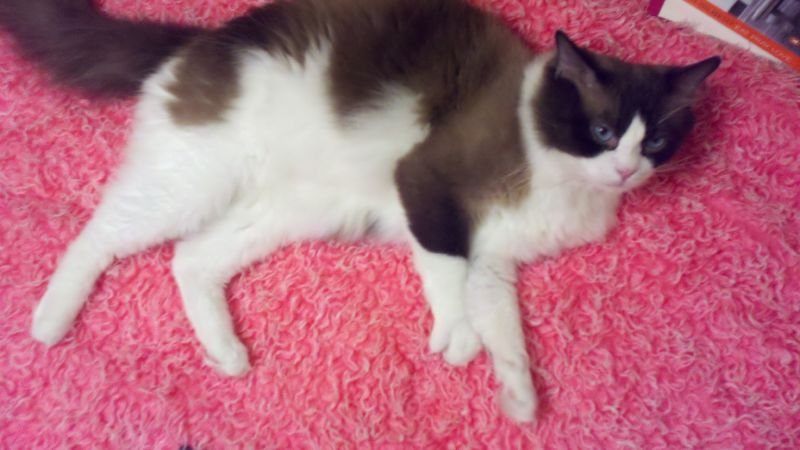
Cats are all about timing. They don’t just jump at the first sign of movement—they wait for the perfect moment. This precision is what makes them such effective hunters. In your living room, it’s what lets them pounce on a toy mouse with laser accuracy. By watching first, they can judge the distance, speed, and direction of their “prey.” It’s like a chess game, and they’re always thinking three moves ahead. Their sense of timing is so sharp, it’s almost magical to watch.
Learning Through Observation
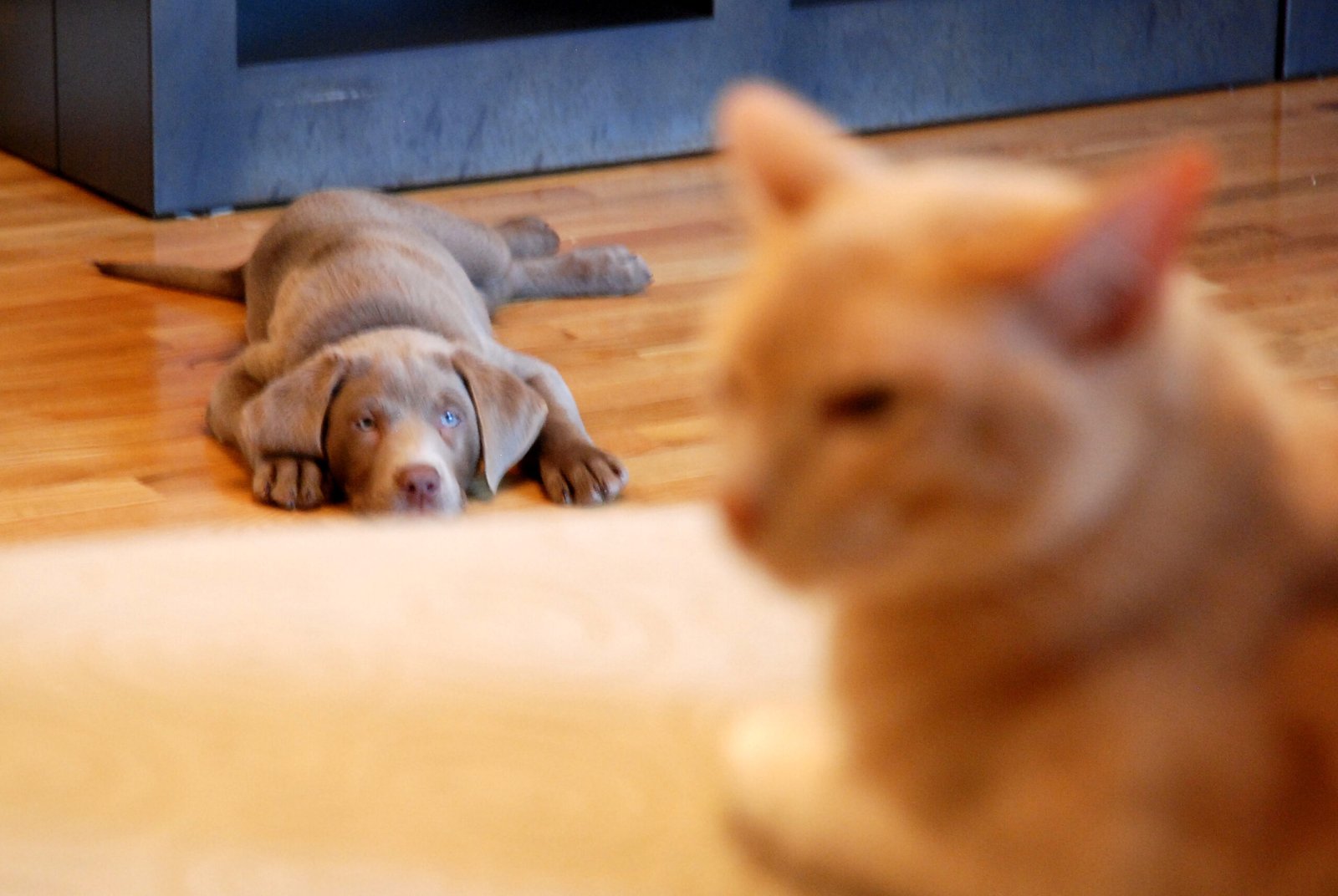
Watching isn’t just instinct—it’s also how cats learn. Kittens watch their mother and siblings before trying something new. Adult cats observe their humans, too—learning routines, habits, and even how to open doors! Every time they watch, they’re picking up new information. This observational learning helps them adapt to new environments and situations. It’s why some cats figure out how to fetch, turn on faucets, or solve puzzles. They’re always watching, always learning.
Energy Conservation: The Smart Cat’s Secret

Cats are experts at conserving energy. Unlike animals that rely on endurance, cats use short bursts of speed and strength. Watching before engaging helps them save energy for when it really counts. Why waste effort chasing something that’s not worth it? By watching, they can decide if the reward is worth the risk—and the effort. This strategy is especially important for wild cats, but even the laziest house cat knows the value of a good nap over a pointless chase.
Playtime and the Watching Game

If you’ve ever played with a cat, you know how much they love to watch before they pounce. It’s part of the fun! Wiggling the toy just out of reach, you can see their eyes widen and their bodies tense. That moment of anticipation is thrilling—for both of you. Watching is half the excitement, building suspense until they finally spring into action. It’s a game of patience and skill, and it’s what makes playtime with cats so entertaining.
Social Dynamics with Other Pets

Cats use watching to navigate social situations with other animals. If you have more than one pet, you’ve probably seen your cat observe before joining in. They’re not just checking for threats—they’re also figuring out the social hierarchy. Who’s in charge? Who’s playing? By watching, they learn when it’s safe to approach and when it’s better to stay back. This careful observation helps them avoid conflict and maintain harmony at home.
Decoding Human Behavior

Your cat is always watching you, even when you think they’re not. They notice your routines, moods, and movements. This helps them predict when it’s mealtime, playtime, or time to hide under the bed. Cats are sensitive to body language and tone of voice, picking up on subtle cues that we might not even notice ourselves. Their watchfulness is their way of staying connected to you, their favorite human. It’s almost like having a furry little detective in the house.
Adapting to New Environments

When introduced to a new space, most cats will stop and watch before exploring. This cautious approach helps them map out safe zones and potential dangers. They’ll observe from a distance, sometimes hiding under furniture until they feel comfortable. This behavior is especially common in rescued or rehomed cats, who need extra time to adjust. Watching before engaging allows them to adapt at their own pace, building confidence with each step.
Nighttime Watchfulness
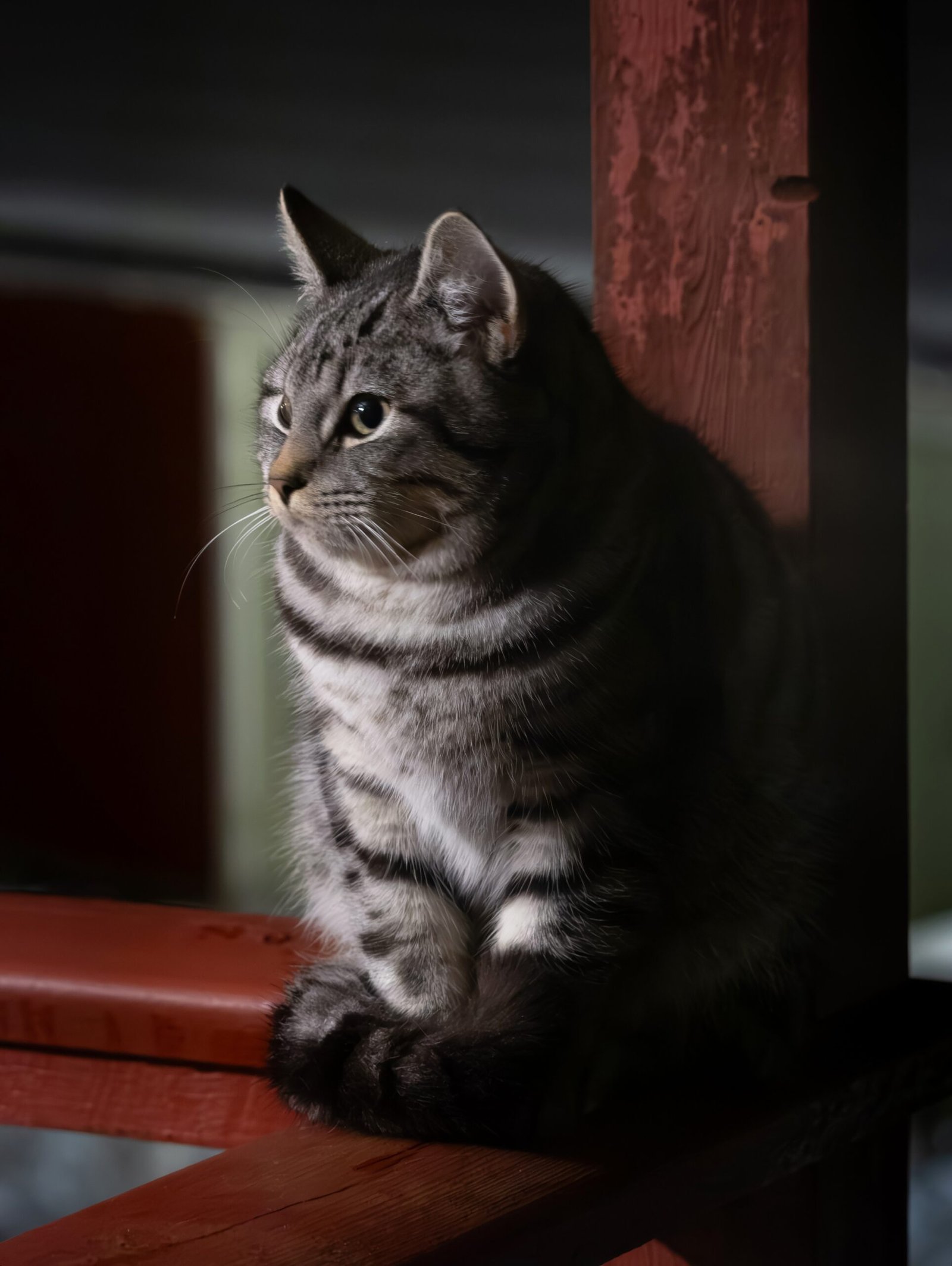
Cats are crepuscular, which means they’re most active at dawn and dusk. During these low-light hours, their watchfulness is heightened. They’ll sit by the window, ears twitching, eyes scanning the darkness for movement. This nighttime vigilance is a throwback to their wild ancestors, who hunted when prey was most active. Even in the safety of your home, you might find your cat watching the shadows, ready to leap into action the moment something stirs.
Dealing with Unfamiliar Objects
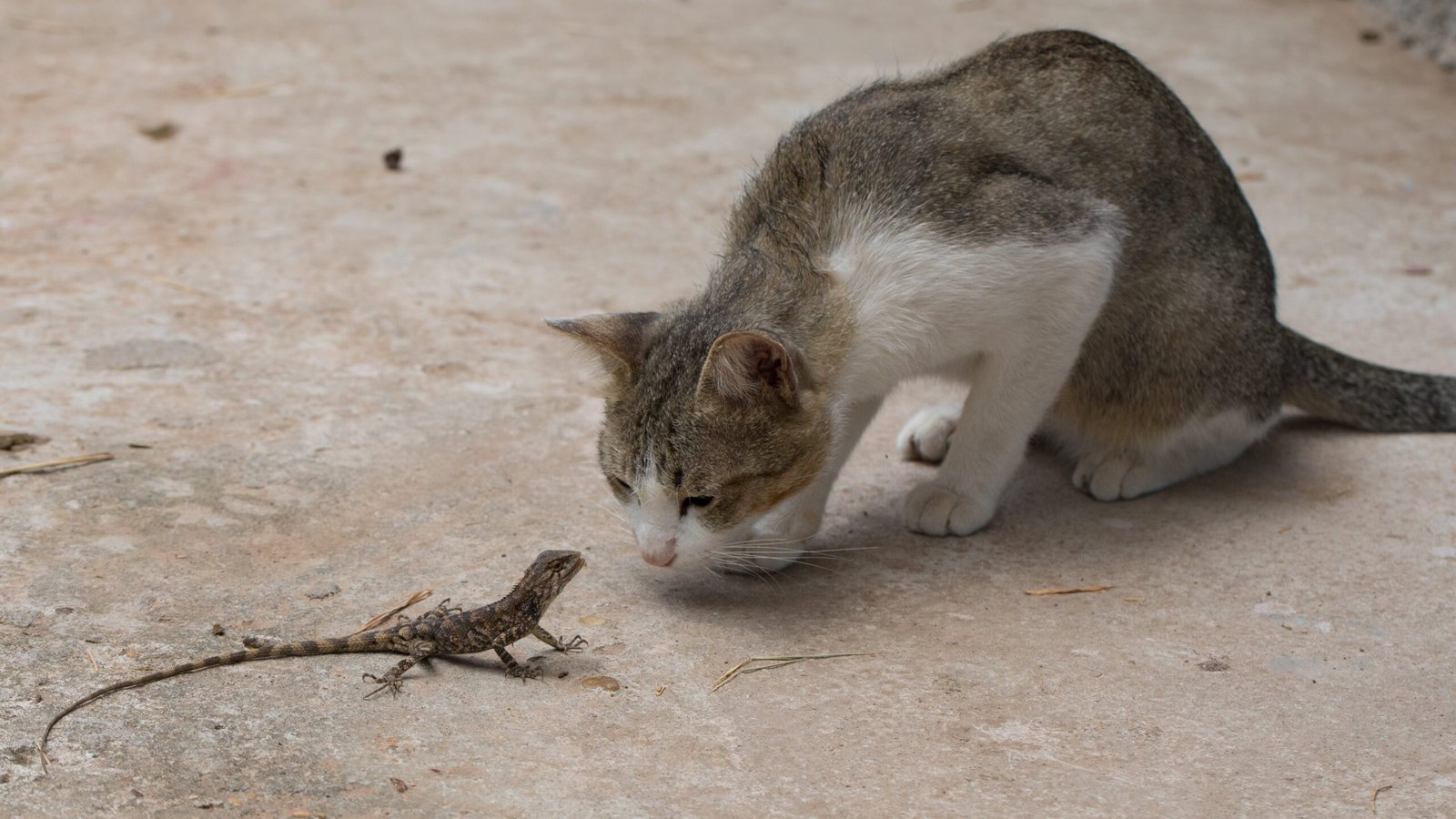
Bring something new into your home, and your cat will almost always watch it from a safe distance. Whether it’s a shopping bag, a vacuum cleaner, or a new piece of furniture, cats need time to assess the unfamiliar. They’ll sniff, circle, and observe before getting too close. This cautious curiosity keeps them safe from potential dangers, but it also satisfies their need to explore. Watching is their way of saying, “I see you, but I’m not sure about you—yet.”
Health Monitoring and Sensitivity

Cats are sensitive to changes in their environment, including people’s health. Some cats have been known to watch their humans more closely when they’re sick or upset. Their keen senses pick up on subtle changes in scent, behavior, or even breathing patterns. This heightened watchfulness is a sign of their deep connection with us. While they may not be able to “fix” what’s wrong, their attentive gaze is a silent form of support.
Watching as a Stress Response
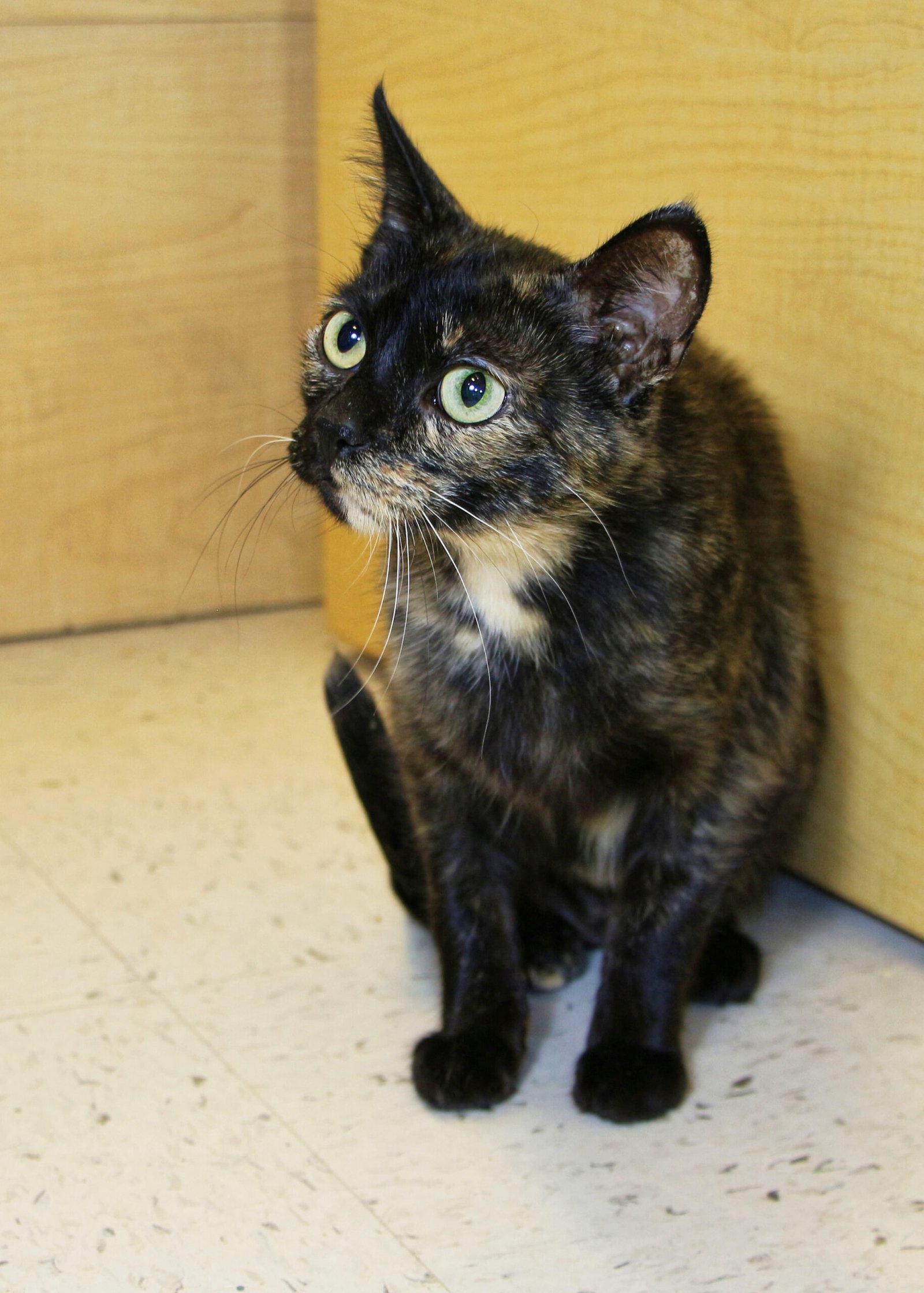
Stressful situations—like loud noises, visitors, or changes in routine—can make cats even more watchful. In these moments, they may freeze and observe, trying to figure out what’s happening before they react. This is their way of protecting themselves from potential harm. If your cat seems extra vigilant during storms or parties, it’s a sign that they’re processing the situation and deciding how to respond. Watching gives them a sense of control in a world that sometimes feels overwhelming.
The Joy of Anticipation
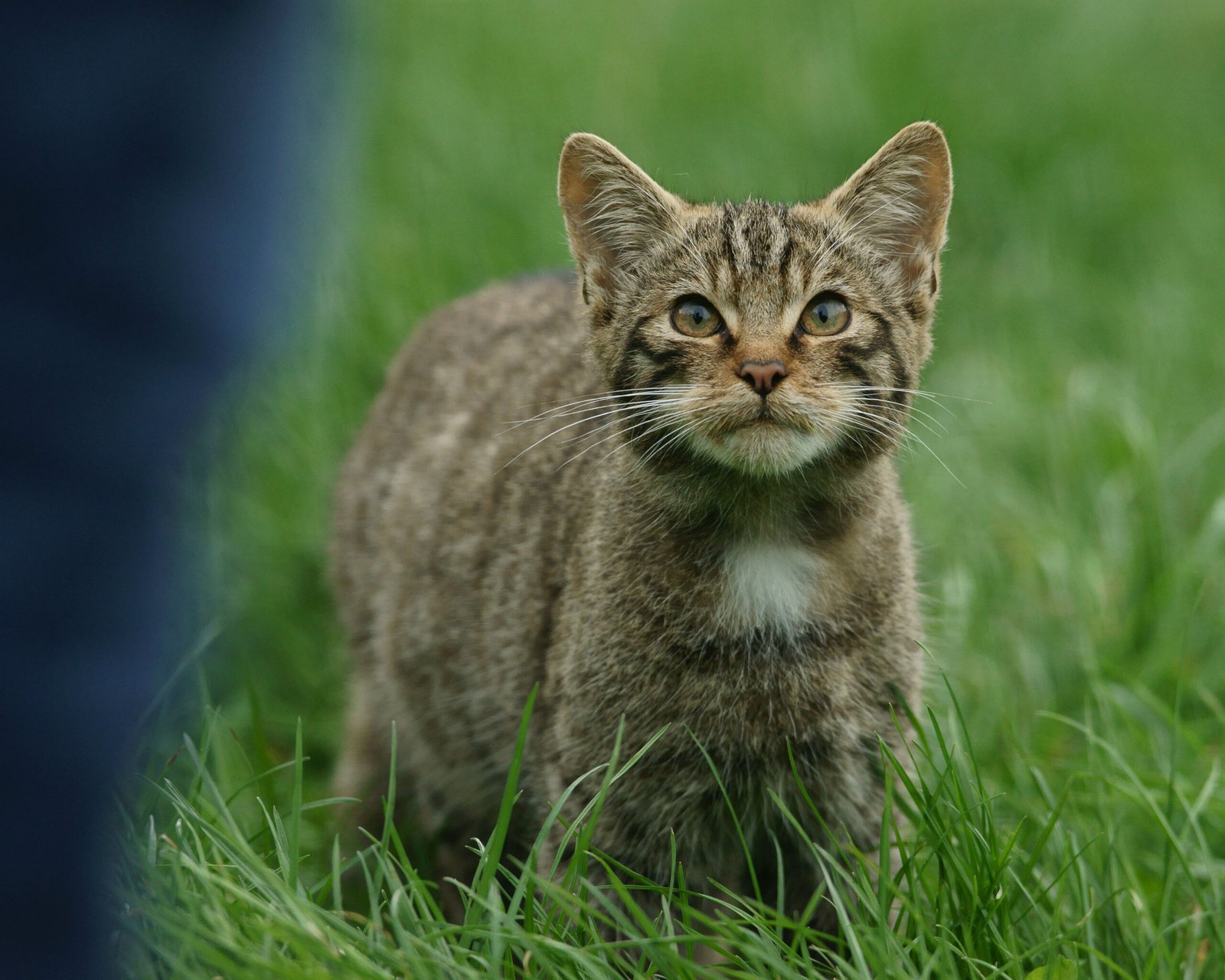
There’s something magical about the way cats build anticipation. Whether they’re waiting for dinner or stalking a feather toy, their watchful pause creates a sense of excitement. You can see it in their body language—the way their whiskers quiver, their tails flick, their eyes never leave the target. This moment before the leap is full of possibility, like the hush before a symphony begins. For cats, watching is not just about safety or hunting—it’s about savoring the moment, enjoying the thrill of what’s to come.
Hi, I’m Bola, a passionate writer and creative strategist with a knack for crafting compelling content that educates, inspires, and connects. Over the years, I’ve honed my skills across various writing fields, including content creation, copywriting, online course development, and video scriptwriting.
When I’m not at my desk, you’ll find me exploring new ideas, reading books, or brainstorming creative ways to solve challenges. I believe that words have the power to transform, and I’m here to help you leverage that power for success.
Thanks for stopping by, Keep coming to this website to checkout new articles form me. You’d always love it!






